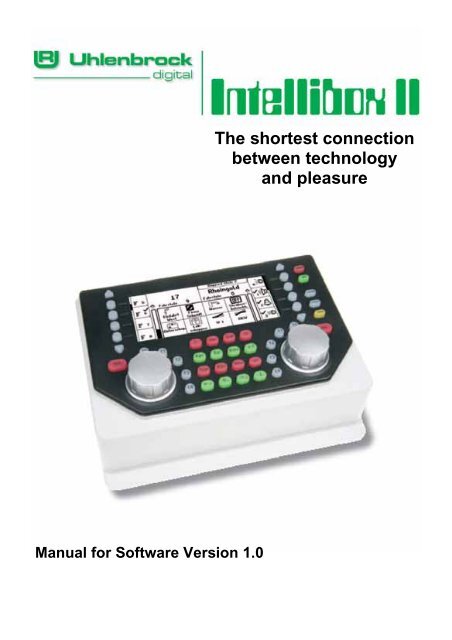Drivers Rautenhaus Digital Port Devices
Windows 10 identifies and configures hardware during the initial installation. Upon delivery of a device running Windows 10, the user will typically want to add their own hardware and peripherals such as a printer, a Bluetooth mouse, or web cam. In this tutorial, you learn how Windows 10 installs drivers for new devices and hardware and how you can maintain these drivers, upgrade them, and resolve driver issues that might occur.
Install devices
When you install a hardware component on Windows 10, the operating system requires a device driver to be installed so that you can use it. After it's configured, the device driver loads automatically and is available for Windows to use. This section explains how Windows 10 automatically installs devices and locates the device driver from the Windows Component Store, from Windows Update, or directly from you.
For hardware to function properly, it requires special software designed for Windows 10 to communicate with it. This software is referred to as a device driver, and when Windows 10 detects new hardware, the system automatically attempts to install one of the built-in drivers included as part of the operating system, located within the Windows 10 Driver Store, or download them through Windows Update, from the Internet. New and updated hardware device drivers are regularly submitted to Microsoft by the equipment vendor for testing and cataloguing. If the Windows Update feature is enabled, Windows 10 automatically detects the presence of new device drivers, downloads them, and installs them.
Download the latest drivers, firmware, and software for your HP Spectre x360 - 13-ap0023dx.This is HP’s official website that will help automatically detect and download the correct drivers free of cost for your HP Computing and Printing products for Windows and Mac operating system. When you plug the device into your USB, Windows will look for the associated driver, if it cannot find this driver then you will be prompted to insert the driver disc that came with your device. Common USB Device errors are ‘ usb port not working ‘, ‘device descriptor request failed error’ or ‘bugcodeusbdriver’ issues. Serenum.sys (Serenum) is a system-supplied upper-level device filter driver that you can use in conjunction with Serial (or a vendor-supplied function driver) to provide the function of a Plug and Play bus driver for an RS-232 port. For more information about the operation of Serial and Serenum, see the following topics.

New hardware is typically installed automatically when it's added to Windows 10, with the operating system detecting and identifying the new hardware through the Plug and Play feature. Windows 10 supports new hardware connected through a variety of connection methods, including USB (1.0 through 3.1), Wi-Fi, and Bluetooth. In addition to backward compatibility for existing and earlier hardware, emerging technologies such as near-field communication (NFC) and Miracast for wireless displays also have built-in support in Windows 10.
Drivers Rautenhaus Digital Port Devices -
For advanced users or for managing or troubleshooting a hardware device issue, you can use Device Manager. Device Manager provides information about each device, such as the device type, device status, manufacturer, device-specific properties, and device driver information.

There are multiple ways to load the Device Manager, including:
DisplayPort is a digital display interface primarily used to connect a video source to a display device (mostly monitors). It also carries other forms of data such as audio, USB etc. This port is widely used for connecting CPU’s to monitors for high-end graphics.
- Right-clicking the Start button and selecting Device Manager.
- Typing Device Manager into Search.
- Opening Control Panel, selecting Hardware And Sound, and then selecting Device Manager.
The Device Manager default view (devices by type).
You can expand and explore each node in Device Manager and then select a device. All devices have properties, and these can be viewed by right-clicking the desired device and selecting the properties. The Properties dialog box for a device.
If you added a new peripheral and Windows 10 does not immediately recognize it, first check that the device is connected properly and that no cables are damaged. You should ensure that the external device is powered on and not in sleep or standby mode. You can also open Device Manager and launch the Scan For Hardware Changes Wizard from the Action menu, which will locate previously undetected hardware and then configure it for you.
Manage devices and printers
Drivers Rautenhaus Digital Port Devices Bluetooth
Device Manager provides one method of managing devices within Windows 10. Another way to add and manage devices is by using the Devices And Printers app within Control Panel. This Devices And Printers app enables you to add devices and printers by clicking the menu item at the top of the screen. This launches an easy-to-use wizard that searches for devices and walks the user through the process of installing devices.

After a piece of hardware is installed, you can view it in the Devices And Printers app, and Windows displays photorealistic icons to help you recognize the devices. If you click and open one of the icons, a new view appears that focuses on the device. This window is the device stage. The type of functionality found in the device stage depends on the support provided by the manufacturer of the device that is installed alongside the device driver.
